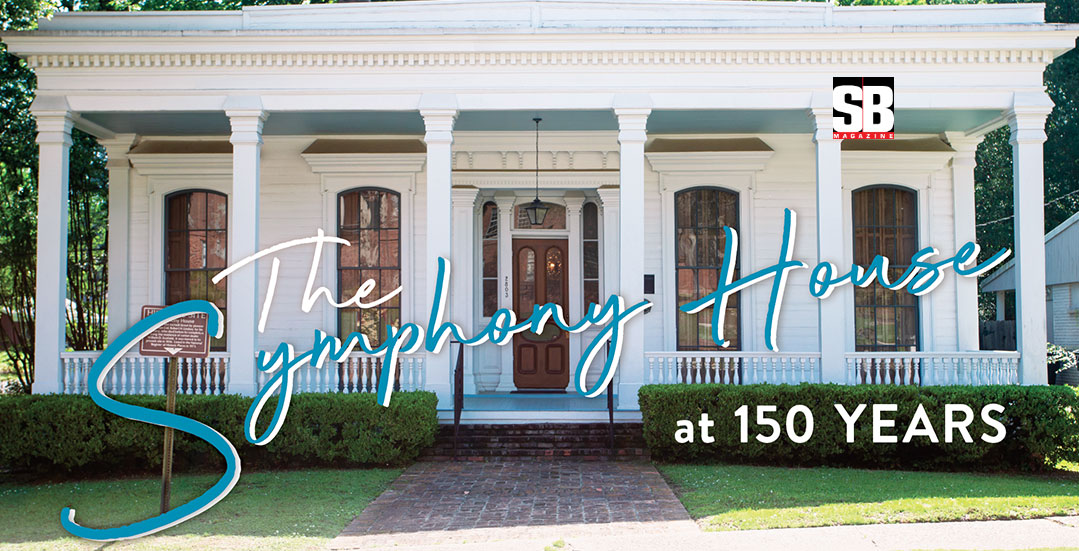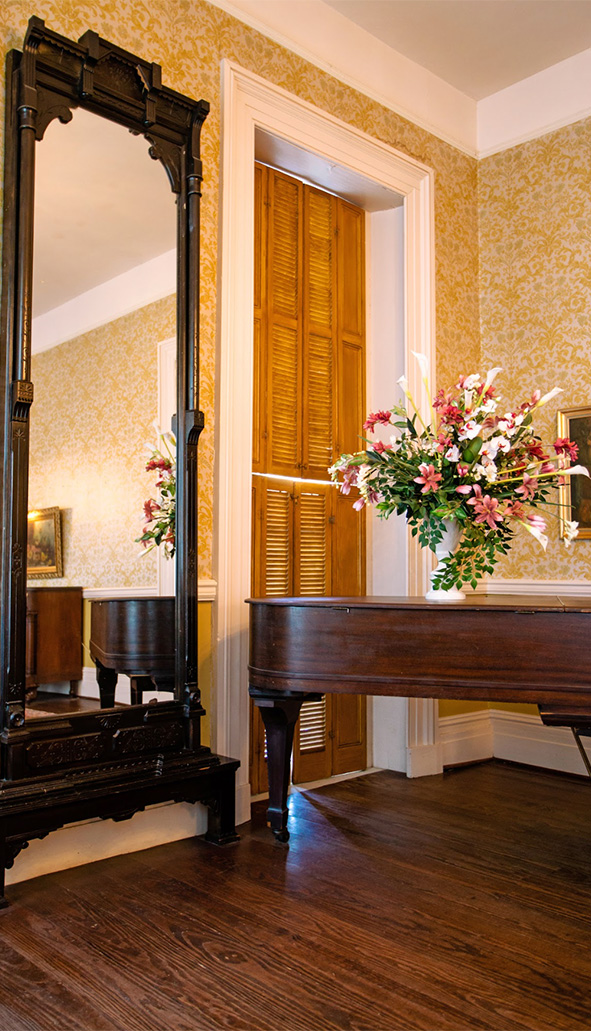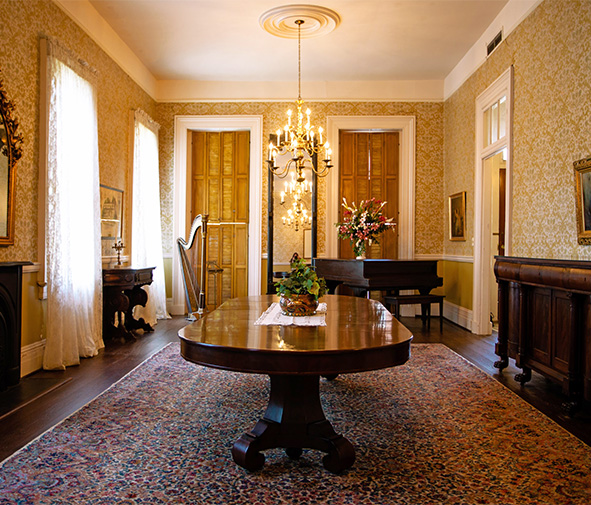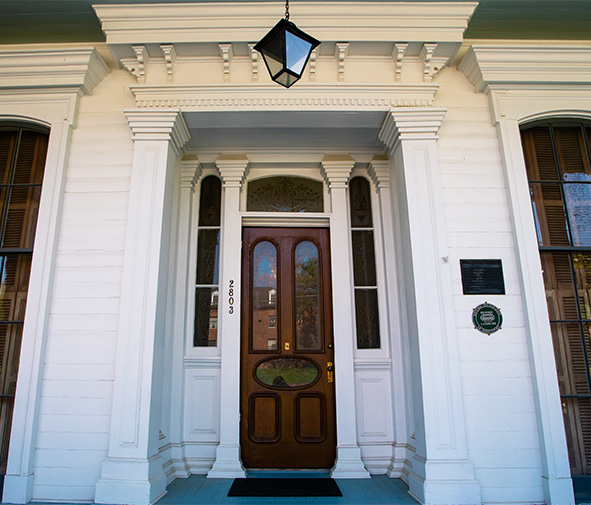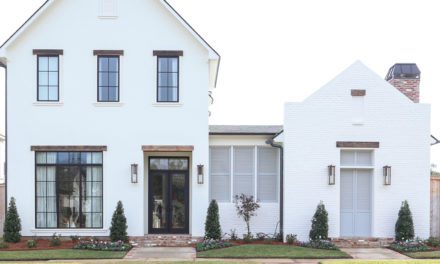A look at the first Shreveport structure to be listed on the National Register of Historic Places
By Elizabeth Beard Deal
At 150 years old, the Colonel Robert H. Lindsay House, also known as the Scofield House and now called the Symphony House, was the area’s first structure listed on the National Register of Historic Sites on July 16, 1973. This house is possibly the only existing immediate post-Civil war architecture of its type in Shreveport today. The architecture is transitional from the Greek Revival style to the Victorian.
The house was built in 1872 on the corner of McNeill and Fannin streets during the turbulent Reconstruction Period following the Civil War by Colonel Robert H. Lindsay who was a leading cotton factor and president of the city’s Board of Trade (forerunner of Chamber of Commerce). A railroad pioneer, he played a key role in bringing the “iron horse” (steam locomotive) to Shreveport.
Col. Lindsay’s bride, Mary, died soon after the house was built, and they never occupied it. It was rented by Mr. and Mrs. Moses Bucklew, and in February 1886 was sold for $3800 to William D. Scofield whose family lived there for many years. The last family member known to live there was a daughter, Susan Martha Scofield, better known as “Miss Mattie.”
In 1956, the Shreveport Symphony Guild saved the house from demolition. They purchased it for $300, had it cut into three pieces and moved to its present location at 2803 Woodlawn (across the street from the Centenary College Hurley Memorial Music Hall). It was one of the city’s oldest structures and an architectural gem.
The turned wood balusters of the portico railing and the wooden details of the portico cornices were of classical origin, details abandoned shortly thereafter in residential construction. The segmental-arched windows and front entrance door, a deviation from the square headed windows used in the balance of the house, represent another important design element of the transitional concept.
After the house was purchased and moved by the Guild, it was restored under the direction of Wendell C. Sorensen of Somdal and Associates. The house served for a time as the Symphony Guild Woman’s Exchange Shop, but in 1971 the house was vacated, and a full restoration was begun.
Originally, there were two rooms on each side of the long center hallway, each room having a cast iron mantelpiece. Two rooms on one side were left intact, one serving as the business office and the other as the office of the Symphony conductor. The partition between the other two rooms was removed to provide one larger room. This was furnished in the décor of the 1870s.
On August 20, 2001, the Shreveport Symphony Guild, which had been under the umbrella of the Shreveport Symphony until then, was incorporated as a separate 501c3 non-profit corporation and the Symphony House was placed in the care of the new Guild organization. Today, the Symphony House is used primarily for meetings, concerts, and rented for private affairs. Additional antique furniture, accessories, and artwork have been donated to the house over the years by Symphony Guild members.
Over the last few years, more renovations were required. The exterior front wall and porch floor, handles and spindles were repaired and painted, a new AC/Furnace installed, and part of the house roof replaced. Part of the cut etched glass windows in the front door was damaged and repaired. Currently, the list of needed renovations includes repair of the exterior wood siding, interior plaster and windowsill repair, and attic insulation and duct work, among others.
The Symphony House is a beautiful reminder of the history of Shreveport and the architectural design of its day. For more information or to donate to the ongoing restoration of the historic house, contact the Guild through the
Facebook page: facebook.com/shrevesymphonyguild.




